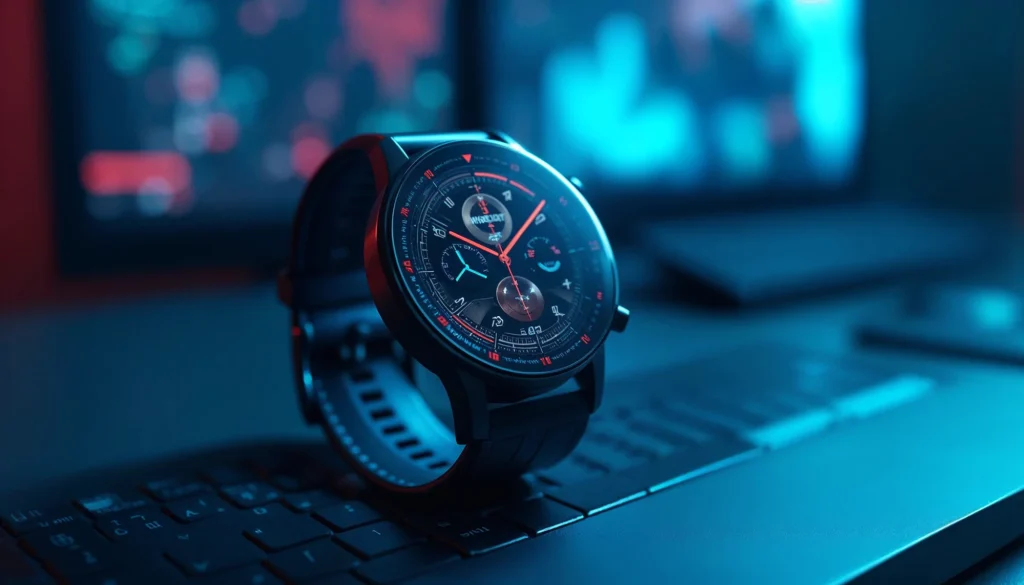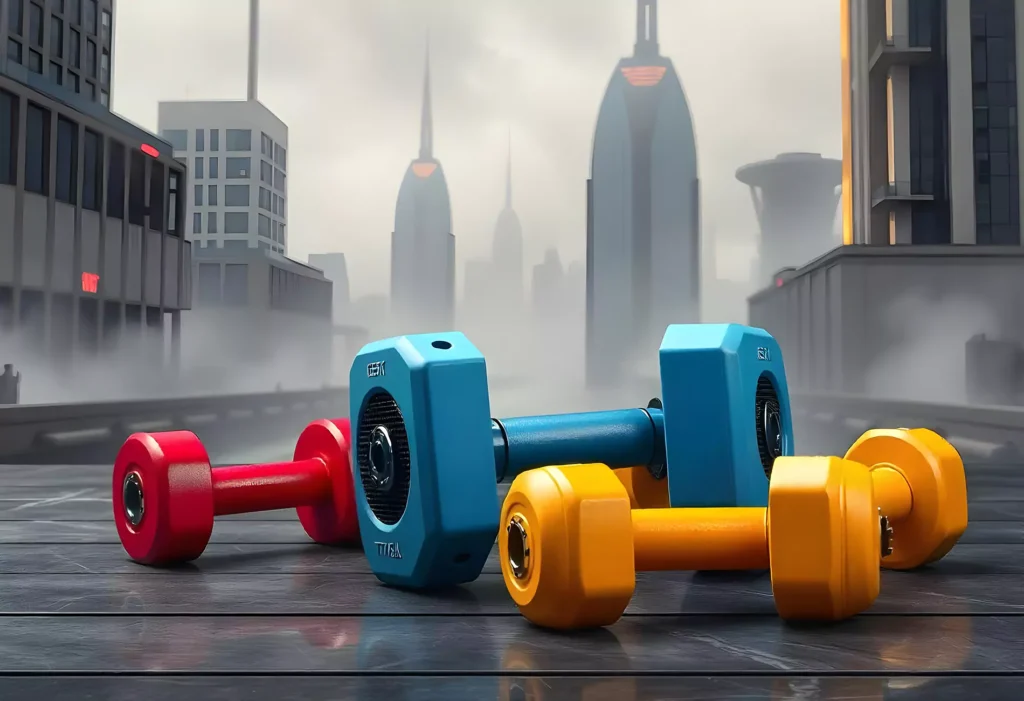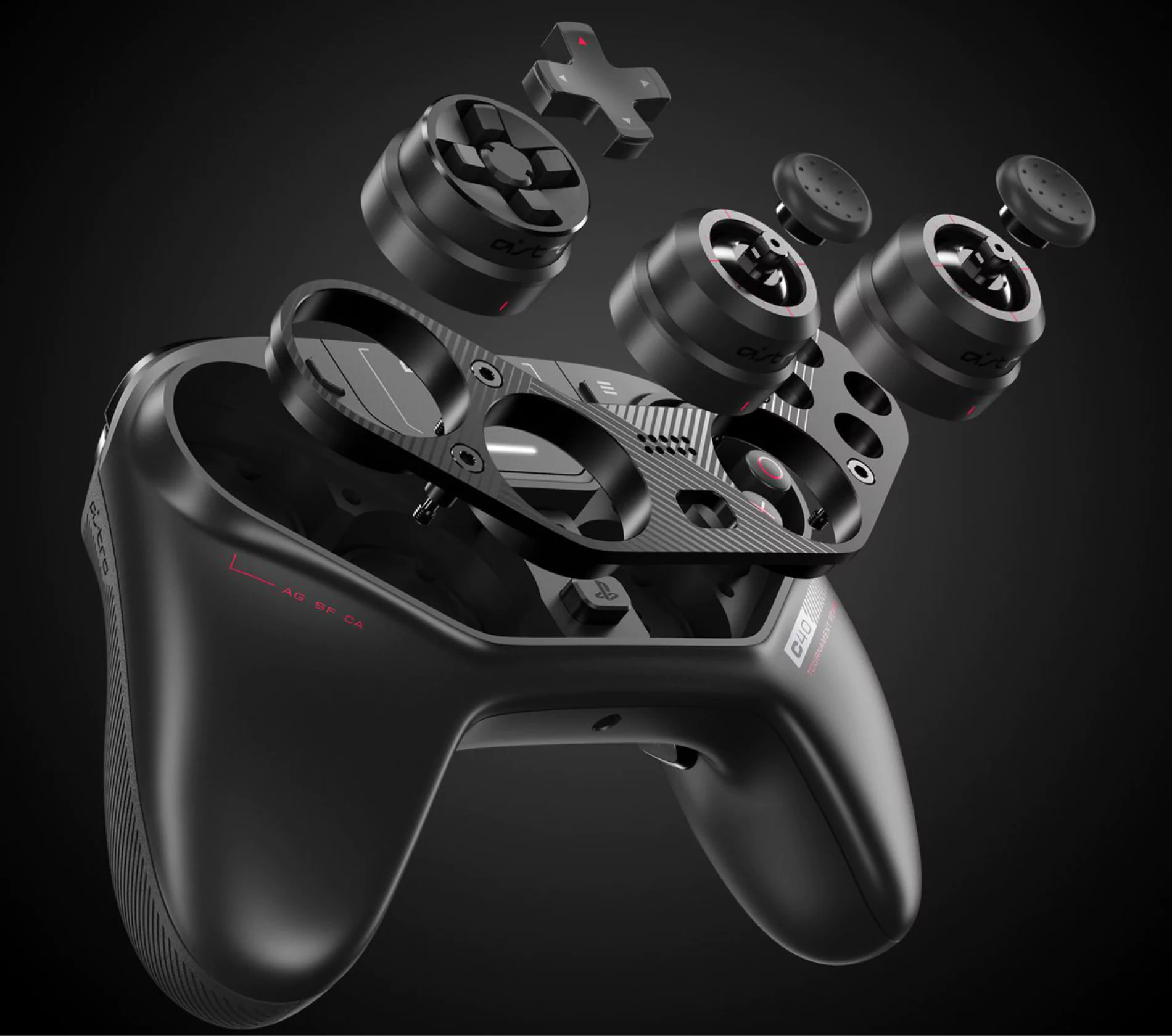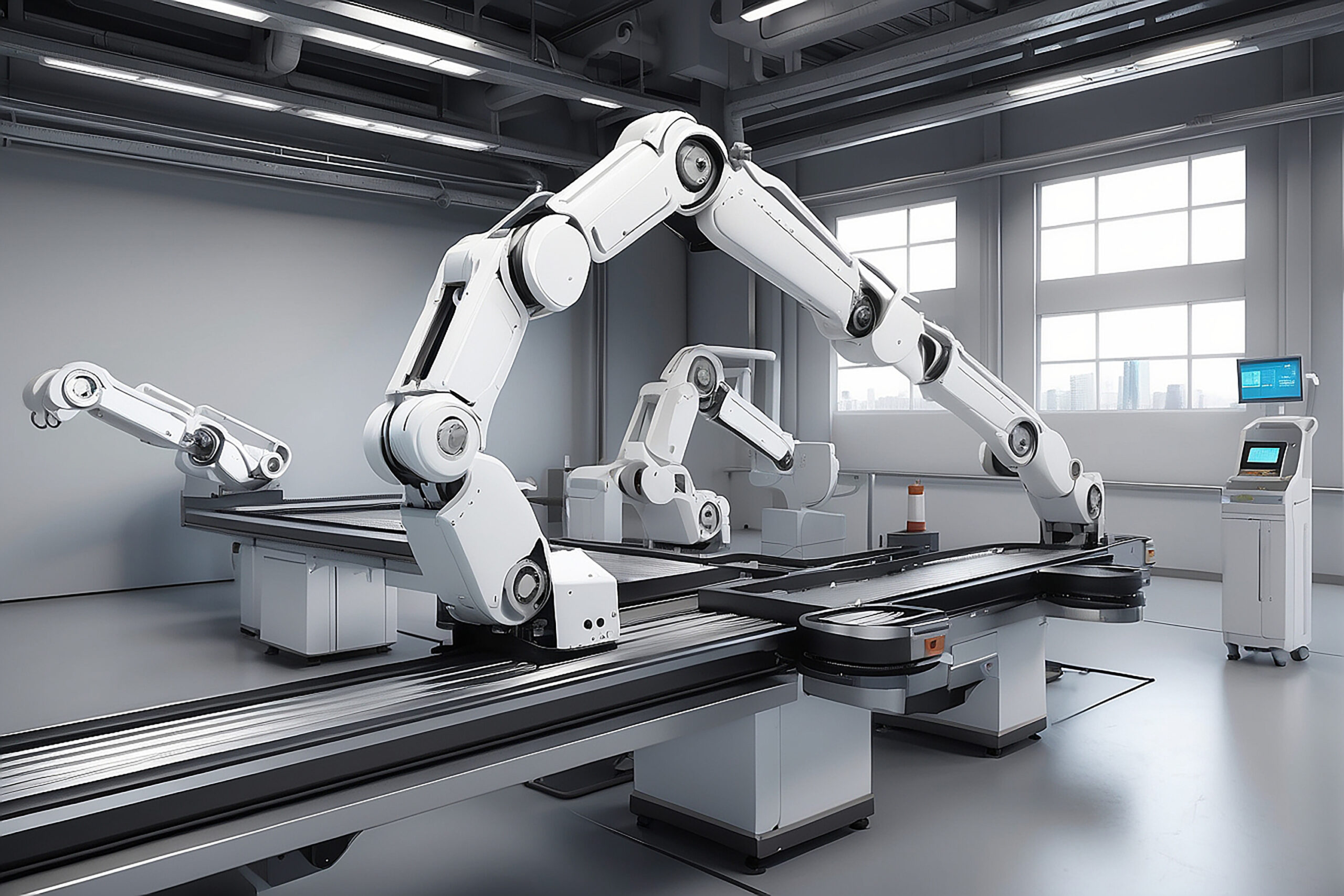This is a Very Common Question: How much do 3D rendering services cost, or how much should we charge for them? Let’s discuss this in detail to understand better!
The best alternative to traditional photography is high-quality 3D product rendering, or “product visualization.” It means creating photorealistic images for marketing and advertising with 3D software. The type of your 3D rendering project is the most critical factor in determining how much it will cost. A significant difference exists when rendering a high-rise tower instead of a small house. When showcasing a design to potential clients, 3D rendering is the ideal tool. A visualization studio that provides high-quality 3D product rendering typically costs between $70 and $550 USD as a general guideline.
Generally, basic product rendering costs range from $50 to $550. However, if your product design is more complex and advanced, product rendering fees can range from $500 to $5,000. A reasonable cost for a larger and more complicated project might start at $2,500 and increase depending on the project’s requirements.
Costs for standard 3D animation range from about $1,000 to $5,000, depending on the video’s complexity and length. However, studios that produce higher-quality output typically charge higher fees. It is essential to know that various product rendering studios offer different packages and prices for 3D product rendering services. Fees will be higher at a well-known studio that produces works of higher quality than at other studios. Inquiring with prospective businesses about the cost of your specific projects is the easiest way to learn about the various 3D product rendering rates.

3D Rendering Service Price Breakdown
Particular kinds of 3D models
Your final bill will be higher due to more expensive models. You’ll also pay more if your model needs to be made from scratch. The final 3D rendering cost will undoubtedly be higher if the model is too complicated. When the models are made from scratch, the price is higher. Fortunately, most 3D furniture rendering services already have basic versions of 3D models on file, saving money and shortening the project time. The good news is that many 3D product rendering services already offer stripped-down versions of numerous 3D models, which not only saves money but can also shorten the duration of your project.
Tools used for 3D rendering cost
The rendering will also be developed with specialized hardware and software based on the kind of product. The cost of providing services can be affected by both hardware and software. Epic products will use a specific combination of software and hardware, depending on the kind of project being worked on. These two factors greatly impact the provision of 3D rendering services. For instance, architectural rendering services use high-quality rendering software that can produce photorealistic renderings. In addition, architects require distinct hardware, including graphics cards, fast processors, and software. They must spend a lot of money to acquire and update all these. As a result, projects will bear some of these costs. In terms of software, a business may employ high-quality rendering tools to produce more photorealistic renderings. Different machines, graphics cards, and fast processors are examples of hardware. The studio will need to invest significantly to acquire all of these and bring them up to date. The company will then pass some of these costs on to its customers.
The nature of the project
You may need to include multiple views in your 3D renders to demonstrate the project’s potential better. 360-degree, general, close-up, and bird’ s-eye views are among these. More money is spent on each additional view. As mentioned earlier, the price of a bird’s-eye view is typically higher than that of other types. The 360-degree view can significantly increase the budget.
Method of rendering
Another essential aspect to consider for 3D rendering pricing is the method used, as the cost of a 3D image is influenced by the space in the rendering environment. More complex and expansive scenes require greater computational power, driving up prices. Additionally, the nature of the images—such as detail level, included elements, and intended use—affects overall costs. Intricate textures and realistic lighting demand advanced rendering techniques and resources. Clearly defining your visual requirements allows studios to provide accurate estimates, ensuring that your investment yields high-quality results while balancing artistic vision with the technical challenges of rendering.
The required number of images and the length of the VR or animation
Discounts for 3D renderings may be given in proportion to the number of required images. The length also matters a lot when quoting works in virtual reality or 3D animation. This is because the same project will share elements in both animations and 3D images. Additionally, these aspects will be considered.
Complexity in rendering
Due to their more intricate geometrics and complex textures, some 3D product models require more work and time than others, raising project costs. A simple wooden stool, for instance, is much simpler to construct than a wicker chair. Simply put, rendering will cost more to produce a more complex product.
Additional special features
The final product designs are full of HD and have fine detailing. However, additional features, like the image being in Ultra 4K, panoramic, or VR, are important to the client for marketing purposes. The designer has easy access to the solutions, but they will impact the project’s cost structure.

The exact number of reworks done on a project
A project’s number of revisions is another important factor that will affect pricing. The project’s timeline may also be impacted, in addition to pricing. A 3d rendering studio incorporates a few common revisions, such as altering the object’s color, texture, or material, adding decor, or including brand-new furniture, with minimal cost implications.
Per-image pricing
By determining the cost according to per image, you pay a fixed price for each rendered image or a scalable price based on how many you buy. For smaller projects, this pricing works well. Typically, the cost of rendering one image is slightly higher per image than purchasing multiple photos. This is because the initial setup for a single rendering can be quite time-consuming. Once this setup is completed, the rendering process becomes much easier to manage.
Per-project pricing
For this pricing, you typically send your project details to a company, and they respond with a bespoke quote tailored to your requirements. Larger-scale 3D rendering projects that incorporate multiple components, such as web design, animation, 3D floor plans, and multiple rendered images, typically have this pricing. You should look for a volume discount when getting a quote for a big project.
Final touch after the production process
Post-production can help smooth out any rough edges and add the finishing touches to achieve a more photorealistic look. This will mean fixing things like brightness, shadowing effects, sharpness, and contrast to give customers a better idea of the finished product and make the render look better.
Quick Table Overview: 3D Rendering Cost Breakdown
Here’s the product rendering cost breakdown.
| Factor | Details | Estimated Cost Range |
| Type of Project | Basic product rendering to complex architectural rendering | $50 – $5,000+ |
| Complexity of Models | Simple designs (e.g., stool) vs. intricate models (e.g., wicker chair) | Higher complexity = Higher cost |
| Number of Views | General, 360-degree, close-up, bird’s-eye views | Each additional view increases cost |
| Rendering Tools | High-end software (e.g., V-Ray, Unreal Engine) and hardware (e.g., GPUs, processors) | Passed on to clients |
| Method of Rendering | Expansive scenes, intricate textures, and realistic lighting | Higher detail = Higher cost |
| Number of Images/Length | Discounts for bulk images or shorter animation length | Varies significantly |
| Revisions | Includes minimal changes like color or texture tweaks; more revisions = higher cost | Negotiable |
| Additional Features | Ultra 4K resolution, VR integration, panoramic views | Adds significant cost |
| Per-Image Pricing | Fixed price per image; scalable cost for bulk | $50 – $550+ per image |
| Per-Project Pricing | Tailored quotes for large-scale projects | Custom quotes |
| Post-Production | Enhancing brightness, shadowing, contrast, and fine details | Typically included or additional |
The cost of 3D rendering services depends on several factors, including project complexity, tools used, rendering methods, and additional features. By understanding these cost components, businesses can plan their budgets effectively and ensure high-quality outputs tailored to their needs. Whether it’s a basic product render or an intricate architectural visualization, knowing what drives the price helps you make informed decisions and get the most value from your investment. Always communicate your project requirements clearly to receive accurate 3D rendering prices and explore bulk discounts or customized pricing for larger projects.





